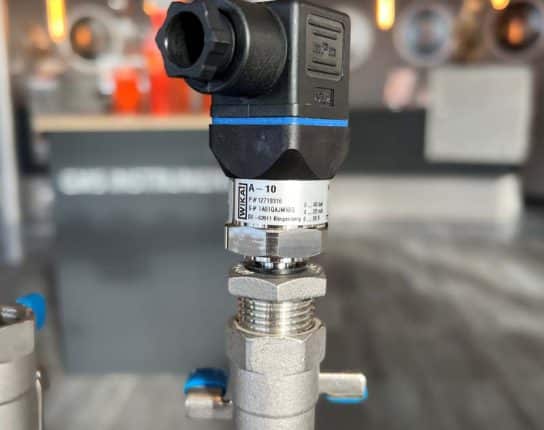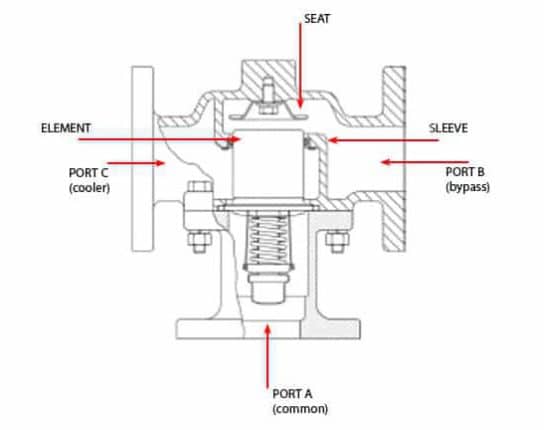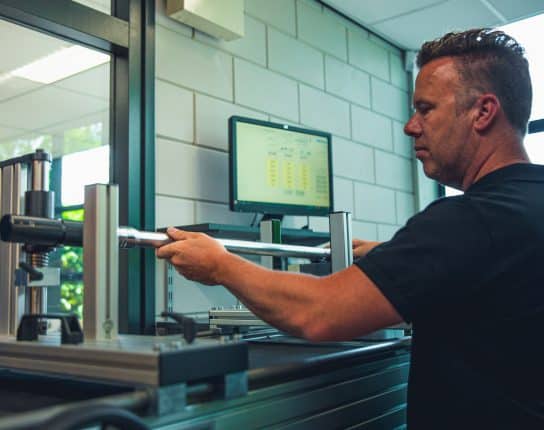
What is a pt100 resistance thermometer?
A pt100 is a type of resistance thermometers. As you can tell, this name might reveal a lot already. A resistance thermometer measures temperature using electrical resistance. This means that a pt100 resistance thermometer is one of many types of temperature sensors. A temperature sensor, in general, provides for temperature measurement through an electrical signal. It measures the heat or temperature on the operating machine part. As you can imagine, temperatures can rise high when it comes to operating machines. That’s why it’s crucial to keep track of these temperatures. That’s also the reason why temperature sensors are commonly used devices in many different fields of expertise. Temperature sensors come in a lot of different forms, also called models. Out of these models, the pt100 resistance thermometer is one of the most popular ones.
Why the name pt100?
The Pt100-type resistance thermometer got its name because of the measuring scale they are provided with. Meaning that the resistance on a Pt100 thermometer is 100 ohm for 0°C. It might be helpful to start with some background information. In general, resistance thermometers measure temperature using electrical resistance. A resistance thermometer doesn’t show temperatures, but the amount of resistance in ohm that accords to a temperature. In most industries, Pt100 or Pt1000 resistance thermometers are the most popular types. The resistance on a Pt100 thermometer is 100 ohm for 0°C. For a Pt1000, this resistance is 1000 ohm for 0°C.
How does a pt100 resistance thermometer work?
Now that we’ve talked a bit more about resistance thermometers let’s look at how this process inside a pt100 works. The centre of a thermometer, like the pt100, contains a measuring resistance sensor. When temperature changes, the electrical resistance in this pt100 sensor increases or decreases. Pt100 resistance thermometers are usually used to measure temperatures between -200 and 600°C.
Types of pt100s
There are two types of pt100s. They differ from each other :
- Thin film resistance pt100. This type is smaller in size and has a high vibration resistance. Nowadays, thin film resistance thermometers are most commonly used. Provided that they aren’t excluded based upon temperature range. This type is perfectly able for usage for the range -50°C to 500°C.
- Wire wound resistance pt100. These resistance thermometers are suitable for a temperature range of -200°C and 600°C. They are often used in high-power resistor applications.
When is a pt100 used?
A pt100 resistance thermometer is used to measure the temperature of a medium. It doesn’t have a readable scale, and that makes that it differs from a regular thermometer. Also, a pt100 doesn’t contain moving parts and can be read from a distance. This allows you to place the pt100 in a place that’s hard to reach and maybe even unreachable for the engineers. The signal the pt100 sends can be used for many different measuring purposes.
But at last, which pt100 to use?
A lot of factors have an influence on the total process when it comes to pt100s, just like with most measuring instruments. That’s why choosing which pt100 to use in your specific case can be quite complicated. Luckily, our GMS Instruments experts are happy to help you!
Related
More of the same



